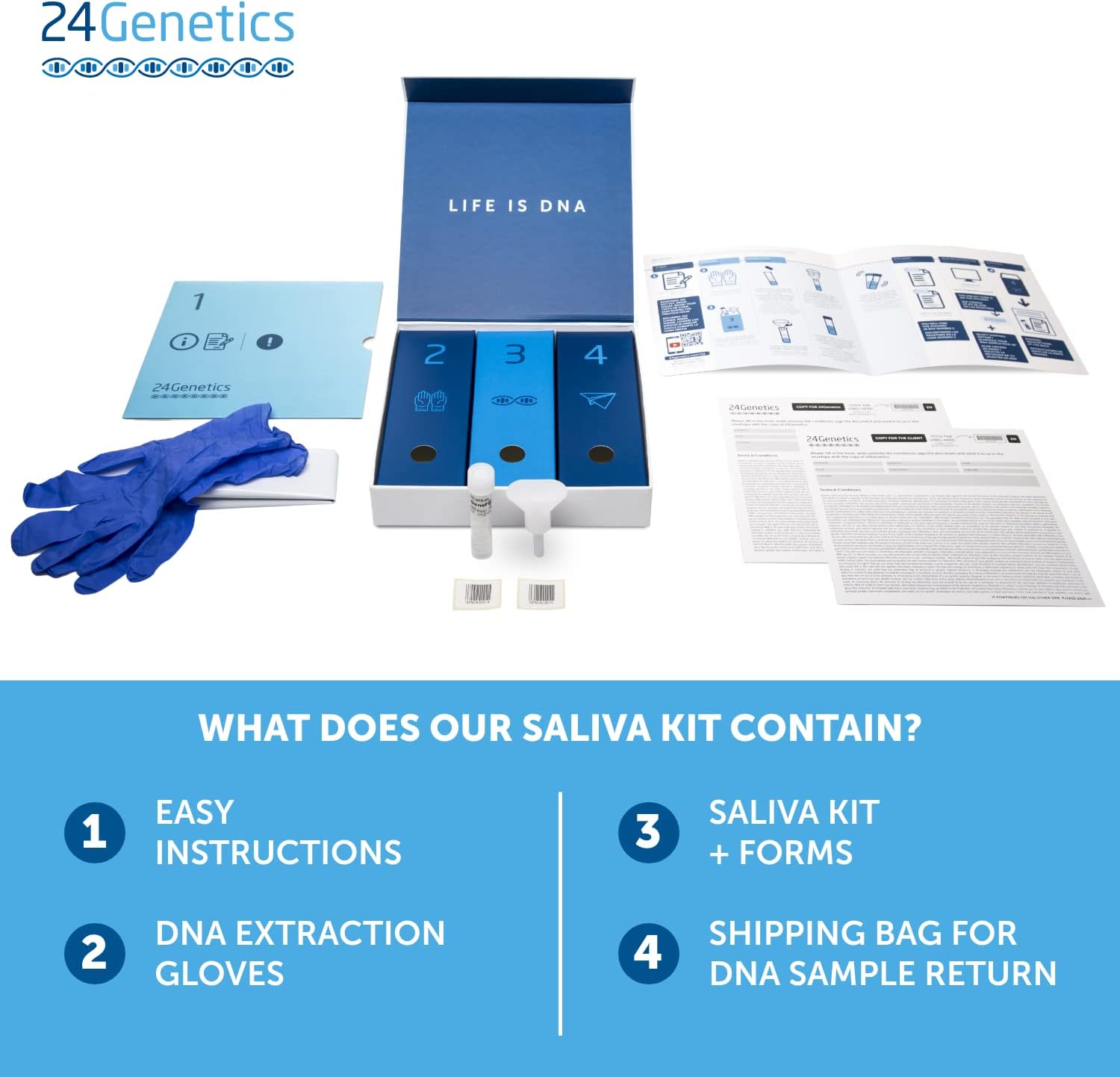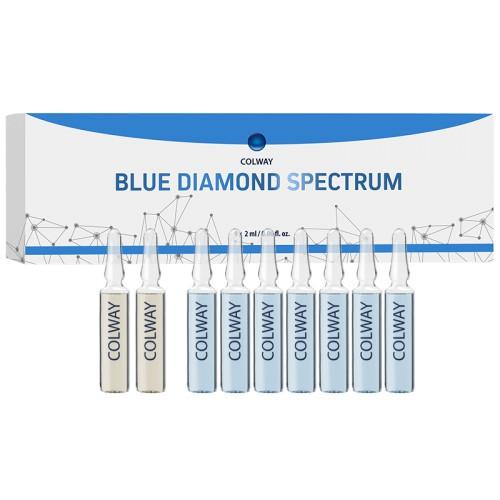Complex Diseases: GWAS
By definition, complex diseases are defined as pathologies whose development is influenced by multiple factors. Genetics is only one part and other factors, called environmental, such as lifestyle, diet, the place where we live, our daily stress level, age, etc., can have an impact as important or greater than that of our genes.
In this section we are going to include exclusively complex diseases that have been analyzed using the GWAS (Genome-Wide Association Studies) methodology, i.e. biostatistical analysis, to which we have already referred in the “Methodology” section.
In these pathologies, the information we are going to obtain is based on a comparison with the average of the population. Therefore, your result will indicate whether you are more, equally or less predisposed than the population average. Normally, we will indicate that you have a higher genetic predisposition than the average if you are in the 10% of the population with the highest predisposition to that disease, and lower if you are in the 10% of the population with the lowest predisposition. We remind you, as we have already indicated in this report, that having or not a predisposition does not mean that you will suffer from a disease or that you are free of it, since many other factors have an influence. In addition, it is common to have a higher than average predisposition in a percentage of between 10 and 20% of the pathologies analyzed.
To make it easier to understand the information, we have classified these diseases by medical specialties or areas of the organism.
- Neurology
- Circulatory system
- Digestive system
- Musculoskeletal system
- Endocrinology
- Urogenital system
- Dermatology
- Other
Complex diseases: oncogenic mutations
In this section we continue to analyze complex diseases, i.e. multifactorial diseases, which are influenced by both genetic and environmental factors, but the difference with the previous section is that we rely on the detection of mutations in one or more markers of one or more genes (monovariate or multivariate analysis, as described in the “Methodology” section). These mutations by themselves already mark the genetic predisposition to suffer from that disease, without any comparison with the population. Therefore, in the results of these diseases, we tell you whether or not we have found mutations likely to be pathogenic, and we do not make any comparison with the population. For this section, we consider pathogenic the mutations included in the ClinVar database.
Since, in this type of diseases, the same or different mutations in the same gene can predispose to different pathologies, in this section the features are organized by gene and not by disease.
Complex diseases: other
In this section we include complex diseases, analyzed by detecting mutations in one or more markers of one or more genes (monovariate or multivariate analysis) but which are not related to oncological processes. In other words, they share the same methodology as the previous section but are not cancer-related diseases. As in the previous cases, these are complex diseases and, as such, multifactorial.
Viruses, bacteria and fungi
Genetics plays an important role in the relationship between viruses, bacteria and fungi, and the diseases they can cause. That is, your genes may indicate greater susceptibility or greater resistance to a viral, bacterial or fungal infection. Using all our types of methodologies (GWAS, multivariate or monovariate), in this section we will inform you of your genetic predisposition to multiple infectious diseases, such as tuberculosis, Covid, pneumonia, bronchitis or herpes, among others, and even the risk of aggravation of some of them.
Allergies and intolerances
In this section, we analyze a series of intolerances and allergies in the food, dermatological and respiratory fields, and we tell you if you are genetically predisposed to suffer from them. With the help of a health professional, you can take the appropriate measures to try to avoid them or modulate their symptoms and improve your well-being. In the section on allergies and intolerances we use our 3 methodologies, so the result of each of your analyzed traits will depend on the specific methodology we have used.
Biomarkers and others
Some physiological parameters, such as cholesterol or triglyceride levels, bone density, or the amount of white blood cells, platelets or neutrophils, among many others, are influenced by your DNA, which determines your possible tendency to have abnormal indicators.
In this section we exclusively use GWAS methodology, whereby the results will indicate whether you are more, equally or less predisposed than the average of the population to have abnormal levels of each parameter.
Pharmacogenetics
The same drug may work differently in different people, and part of that potential effect depends on DNA. That is, your genetics can influence the response to different types of drugs, in terms of toxicity level, effectiveness, metabolism, or necessary dose.
In this section, through monovariate and multivariate analysis, we study your genetic predisposition for your body to respond in one way or another to certain drugs.
Hereditary diseases: genetics
Hereditary diseases, unlike complex diseases, are not influenced by environmental factors. DNA is the only factor influencing whether or not to suffer from them. In this section, for each of the diseases we analyze, we search for pathogenic mutations, or susceptibility mutations, reported in the most important genetic databases worldwide, mainly OMIM and ClinVar, and which have been associated with these pathologies.
Most of the diseases included in this section can be classified in the so-called “rare diseases” and, as we have mentioned, lifestyle or other external factors do not affect the possibility of suffering from these ailments, only DNA has an influence. In addition, we remind you that the mutations associated with a disease can cause its development or not and, in the case of developing it, do so with different intensity, according to the concepts of penetrance and expressivity that we described earlier in this introduction.
Hereditary diseases, as their name suggests, are susceptible to being transmitted to your descendants. In this regard, it should be noted that having a pathogenic mutation that predisposes to a disease does not always imply suffering from it and 2 cases can occur:
- Being a carrier and also developing the disease.
- Being a carrier of the disease (which always occurs when the pathogenic mutation is present), but not developing it. In this case, although the disease does not develop, the pathogenic mutation can be transmitted to the offspring and, therefore, the predisposition to the disease. The greater or lesser probability of inheriting the pathogenic mutation by the offspring also depends on the genetics of the other parent. Therefore, this information is very valuable.
These types of diseases are mostly monogenetic, so it is one or several mutations of a single gene that mark the predisposition to suffer a specific pathology.















